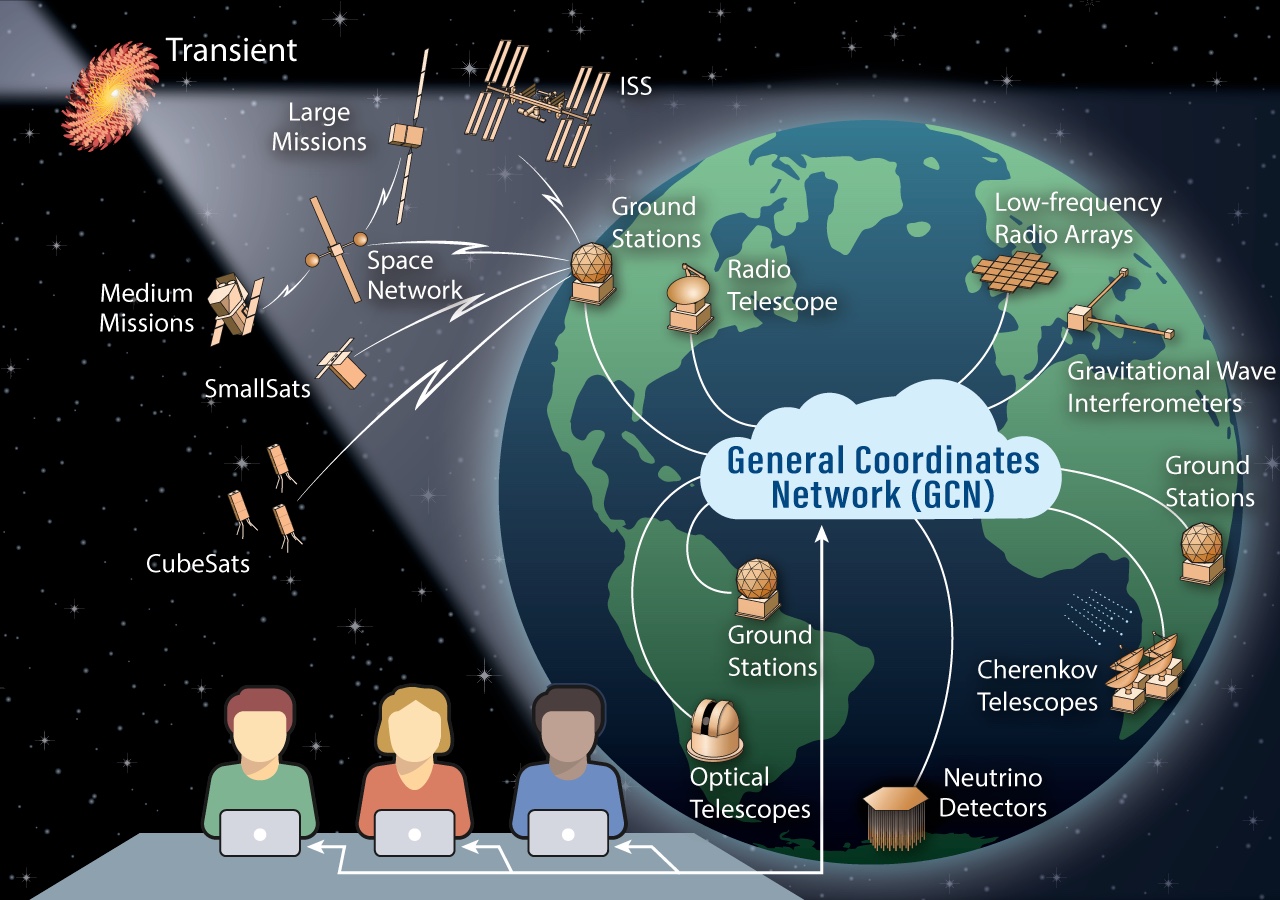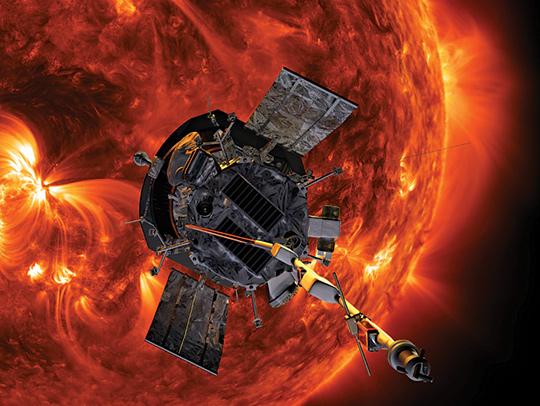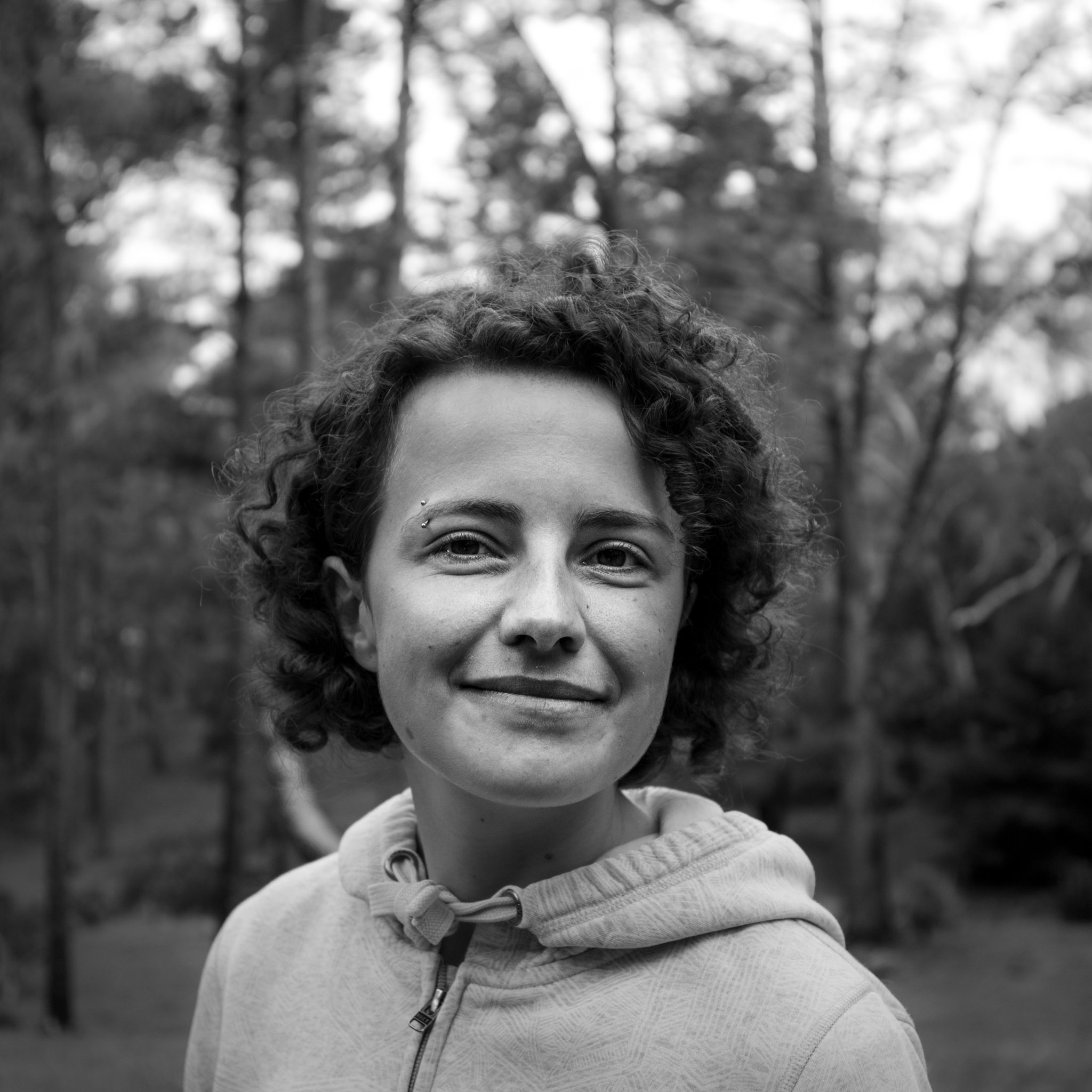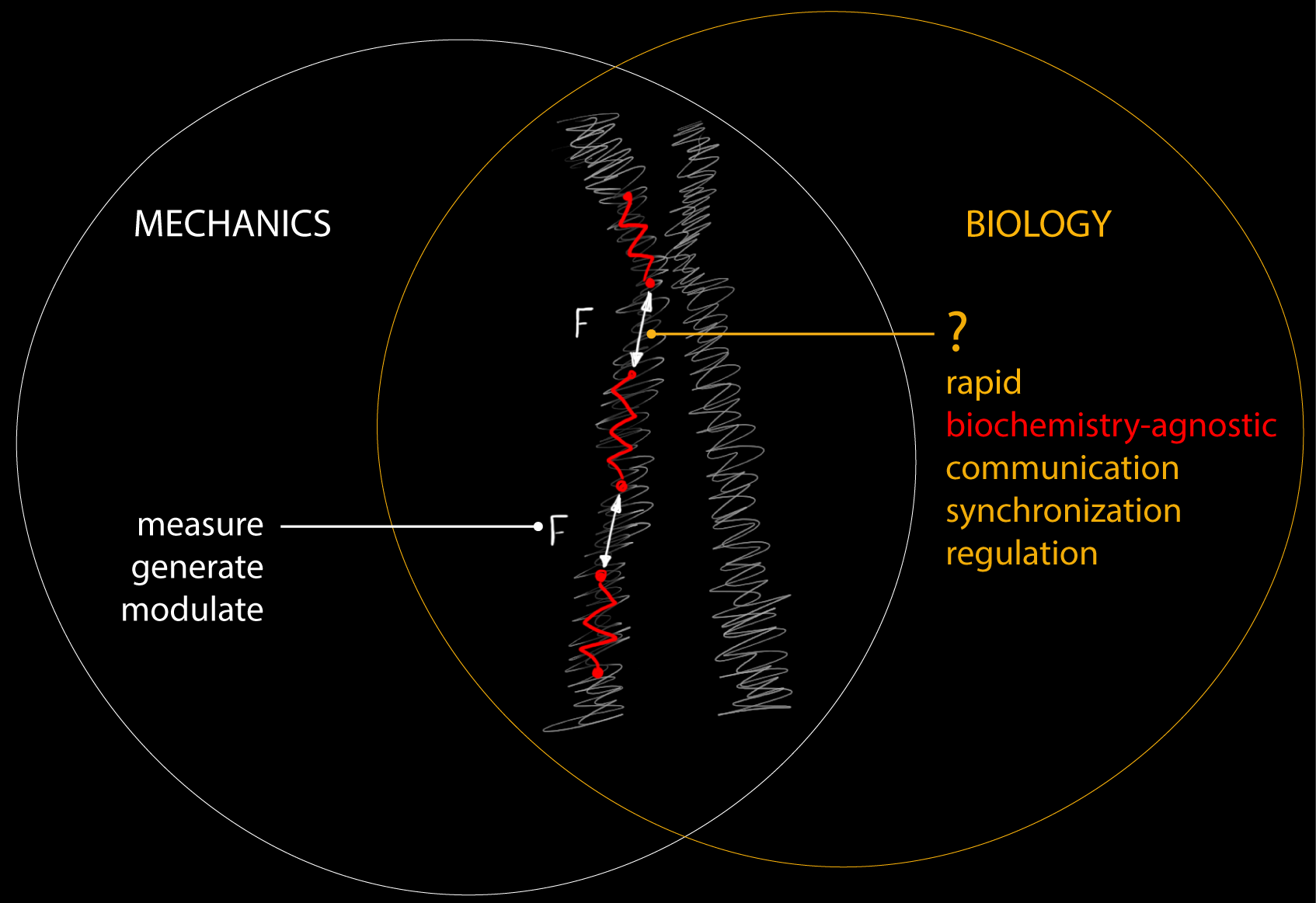Catching Cosmic Waves
- Details
- Category: Department News
- Published: Wednesday, September 11 2024 05:24
University of Maryland (UMD) physics Ph.D. student Max Trevor found himself at a crossroads in 2016. Long fascinated by black holes, Trevor studied the enigmatic objects using X-ray astronomy as an undergraduate at the University of Maryland, Baltimore County (UMBC). But as his graduation date grew closer, Trevor wondered how he could take his passion to the next level.
A groundbreaking announcement helped Trevor make a decision. In February 2016, scientists working on the Laser Interferometer Gravitational-Wave Observatory (LIGO) project announced that for the first time in history, they detected gravitational waves—ripples in spacetime caused by some of the most violent events in the universe, waves that were caused by two black holes colliding with each other billions of light-years away. For Trevor and many other researchers, the Nobel Prize-winning discovery opened up an entirely new way of observing the universe.
“I had some experience with X-rays at UMBC, which I enjoyed,” Trevor recalled. “But hearing about LIGO’s success made me think that gravitational astronomy was going to be the new hot research area for high-energy astrophysics. At that moment, I knew I had to jump in no matter what.”
Knowing that he wanted to pursue gravitational wave research and LIGO science as a graduate student, Trevor found his perfect match at UMD. Attracted by the Department of Physics’ decades-long legacy of gravitational wave research and its continued influence on the field, he joined the lab of Peter Shawhan—a professor of physics and LIGO principal investigator—in spring 2020. Together, they’re working to detect gravitational waves and improve the quality of the data collected by LIGO to ensure its accuracy for all researchers in the community.
Shawhan, whose work with LIGO stretches back to his time as a postdoctoral researcher at Caltech in 1999, says that the project has come a long way since the announcement of its initial success.
“Today we can laugh and say, ‘Oh, it’s just another regular binary black hole merger,’ but it was a really big deal the first time we were able to detect one,” Shawhan said. “We’re now in the middle of LIGO’s fourth observational run. Thanks to decades of hard work from across the globe and our efforts here at UMD, we can now observe these events every couple of days.”
Filtering out the noise, keeping the community connected
Detecting gravitational waves in space is no easy task, even now. To do its job, LIGO requires incredibly sensitive instruments called interferometers, which use laser beams to measure minute changes in distance caused by passing gravitational waves. There are currently two interferometers in the United States—one in Louisiana and another in Washington state—and it’s Trevor’s job to weed through the flood of data these interferometers produce, searching for the telltale signs of a gravitational wave event.
“I write code that performs data analysis in real time. It basically asks, ‘Is this a gravitational wave, yes or no?’ and it tries to match the data points with known profiles of gravitational waves,” Trevor explained. “After that’s done, it repeats the process with the next batch. All this happens in seconds.”
Although interferometers can capture faint signals that come with faraway colliding neutron stars or merging black holes, the instruments are also prone to catching other waves that may not be involved with the cosmos at all—like nearby earthquakes, moving trains or even local weather. Trevor uses tools like machine learning to correlate these irrelevant waves with potential sources and adjusts the detection code to avoid them. According to Shawhan, Trevor’s work is paving the way for upgrades to the LIGO system for future observational runs.
“Max’s improvements to the algorithms are especially valuable for detecting signals that are particularly challenging to identify,” Shawhan said. “He’s made it easier to separate out irrelevant noise from signals that are made by massive black holes.”
Trevor is also a major part of the effort to keep astronomers around the world in touch with LIGO’s latest findings. He’s in charge of operating and running a rapid alert software package called Python search for Compact Binary Coalescences (PyCBC). Any time a potential gravitational wave is detected in space, PyCBC feeds information into a system that sends out rapid alerts to astronomers around the world through NASA’s General Coordinates Network—giving them a chance to turn their telescopes to the right part of the sky and potentially catch any visible light from explosive cosmic events. Thanks in part to Trevor’s efforts, PyCBC sends out an alert about once every three days on average, helping to produce over 120 alerts total since LIGO’s current run began.  GCN diagram
GCN diagram
“The data is collected, analyzed and sent out really quickly,” Trevor said. “The astronomy community can get preliminary alerts about a possible event within 30 seconds. Timeliness is essential so that scientists can observe the event right as it’s happening and we can form a better understanding of phenomena like black holes and neutron star mergers. It’s really fulfilling for me to play a part in keeping everyone connected.”
Since joining Shawhan’s lab, Trevor has made significant contributions to LIGO, co-authoring over 30 highly cited papers on the data gathered by the system. As he nears the completion of his doctoral program at UMD, Trevor hopes to continue his work. He believes that his projects, specifically those focused on identifying extraneous noise sources, will play a role in optimizing the next version of LIGO and bring scientists closer to understanding the world beyond Earth.
“This current observational run is projected to end in June 2025, which is when LIGO will undergo crucial upgrades and changes to make it even more sensitive than previous iterations,” Trevor said. “I’d like to keep doing my part in helping the project stay alive—and supporting the community that seeks to explain how our universe works.”


 Now, Mukhina’s biggest research challenge is to accurately measure nanoscopic forces without disrupting the delicate environment of living cells. Drawing on her background in physics and nanotechnology, she develops tiny probes that can be directly introduced into cells to map out the forces at work within them.
Now, Mukhina’s biggest research challenge is to accurately measure nanoscopic forces without disrupting the delicate environment of living cells. Drawing on her background in physics and nanotechnology, she develops tiny probes that can be directly introduced into cells to map out the forces at work within them.